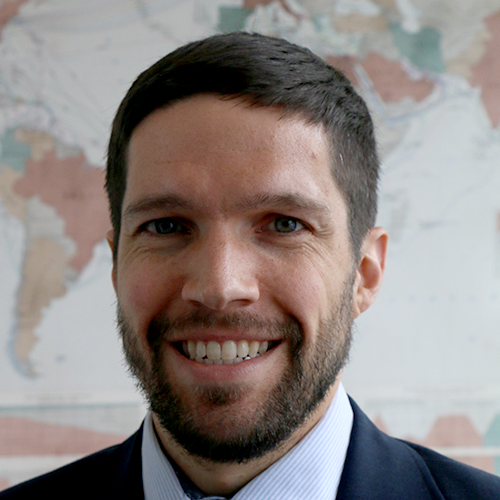In the last few years, Huawei, ZTE, and other Chinese equipment suppliers have come under increasing scrutiny due to alleged links with the Beijing government, raising serious security concerns for Western powers.
Following the U.S. government's ban on Chinese 5G technology, China-based vendors now face problems elsewhere.
The European Union (EU) is considering an outright ban of Chinese equipment across Europe’s 5G networks.





